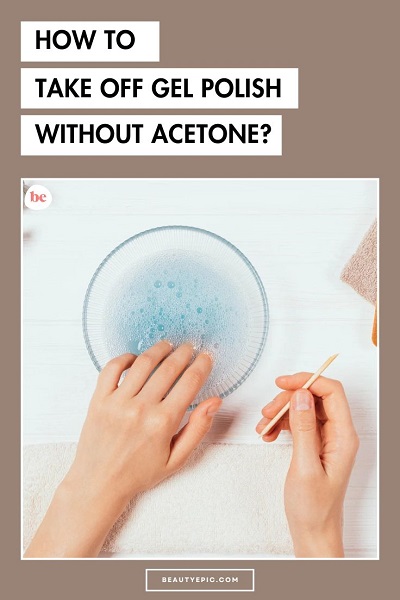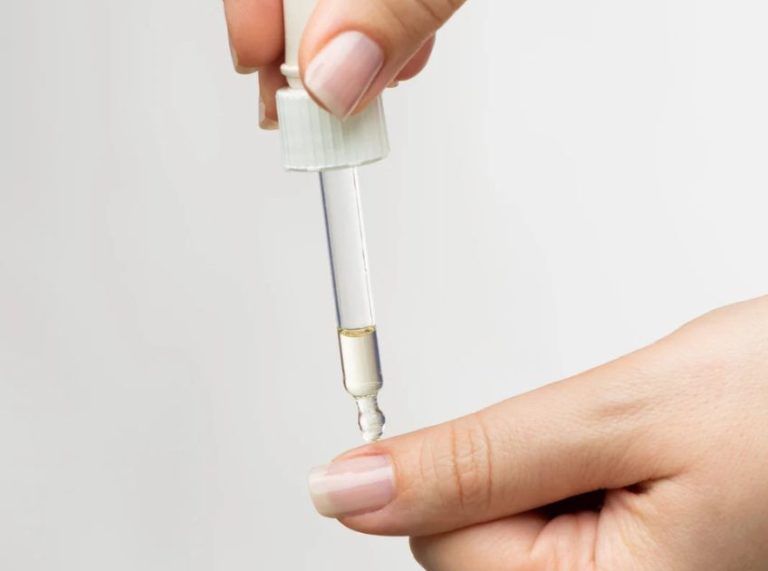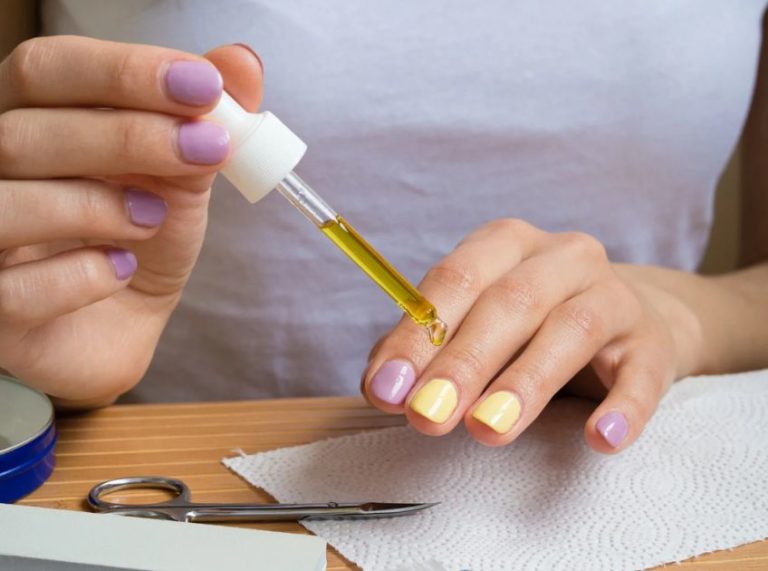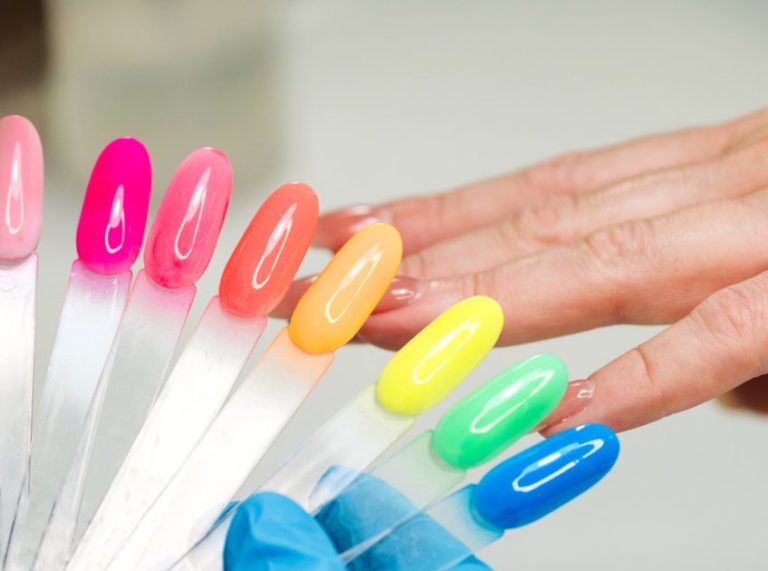
Important: This article is for informational purposes only. Please read our full disclaimer for more details.
Gel polish is known for its high shine and long-lasting wear, but removing it, especially without acetone, can feel like a challenge. Whether you have sensitive skin or simply ran out of remover, there are gentle alternatives you can try at home. This guide walks you through how to take off gel polish without acetone, using safe and effective methods that protect your nails and cuticles.
Article Contains
What You’ll Need
Before you get started, gather these supplies:
- Nail buffer or 180-grit nail file (Buy Here)
- Warm water
- Dish soap (Buy Here)
- Olive oil or cuticle oil (Buy Here)
- A small bowl
- Orangewood stick or cuticle pusher (Buy Here)
- Moisturizing hand cream (Buy Here)
Optional but helpful:
- Cotton balls
- A soft towel
- Nail strengthening treatment
Step-by-Step Guide: Remove Gel Polish Without Acetone
Removing gel polish without acetone requires more patience but is gentler on your nails and cuticles. Follow these detailed steps for a safe, nourishing removal process at home.
Step 1: Gently File the Topcoat
What to do:
Use a 180-grit nail file or a soft buffer to file off the shiny topcoat layer of your gel polish.
Why this matters:
Gel polish is designed to be tough and durable. By removing the top layer, you’re allowing warm water and oils to seep in and start breaking down the gel.
Tips:
- File in one direction to reduce friction and avoid heat buildup.
- Avoid filing down to your natural nail—just buff until the shine is gone.
- Do this in a well-lit area so you can see your progress.
Step 2: Soak in Warm Soapy Oil Water
What to do:
In a small bowl, combine warm water, a teaspoon of dish soap, and a few drops of olive oil (or coconut oil). Soak your fingertips for 15–20 minutes.
Why this works:
The heat from the water softens the gel polish, while dish soap starts loosening its adhesive bond. The oil protects and hydrates your skin and nails during the process.
Tips:
- Make sure the water is warm, not hot, to avoid skin irritation.
- Add more oil if your hands feel dry.
- Cover your hands with a towel while soaking to trap warmth for better results.
Step 3: Push the Gel Polish Off Gently
What to do:
After soaking, use a cuticle pusher or orangewood stick to gently lift the gel polish from the nail.
How to do it safely:
- Start at a corner or wherever the polish appears lifted.
- Slowly work your way across the nail surface.
- Do not force or scrape—if it’s not lifting easily, soak again for another 5–10 minutes.
Pro tip:
Use a soft cloth to wipe off any partially loosened gel as you go to avoid gouging your nail surface.
Step 4: Buff Away Residue
What to do:
Once the majority of the gel is removed, lightly buff your nails to get rid of any remaining residue or ridges.
Why this matters:
This ensures a smooth nail surface and prepares your nails for recovery treatments.
Tips:
- Use a 220-grit or finer buffer to avoid thinning the nail.
- Buff only in the direction of nail growth.
- Don’t over-buff—just enough to smooth the nail plate.
Step 5: Hydrate and Repair
What to do:
Apply nourishing cuticle oil or vitamin E oil to each nail and massage it in. Follow with a moisturizing hand cream or a nail-strengthening serum.
Why this helps:
Gel polish can dehydrate your nails, even when removed gently. Hydration helps restore flexibility and shine to your natural nails.
Extra care tips:
- Repeat oil application daily for 3–5 days post-removal.
- Avoid new polish for at least 48 hours.
- Use gloves when washing dishes to keep moisture locked in.
Frequently Asked Questions (FAQ’S)
1. Does removing gel polish without acetone damage your nails?
A. No, when done gently, this method is less drying than acetone-based removal. It’s crucial to avoid peeling or scraping too aggressively.
2. Can I use vinegar or alcohol instead of acetone?
A. While some sources suggest vinegar or isopropyl alcohol, they are less effective than warm water and oil. They may also be drying to the skin.
3. How often should I remove gel polish without acetone?
A. This gentle method is ideal if you only wear gel occasionally or want to limit chemical exposure. If you regularly wear gel, give your nails a break between applications for optimal health.
Final Thoughts: Safe, Gentle, and Acetone-Free
You don’t need harsh removers to get gel polish off your nails. By using common kitchen ingredients and a little patience, you can lift gel polish safely and keep your nails healthy. While it takes a bit longer than acetone, your skin and cuticles will thank you for the chemical-free care. Give your nails a break, show them some love, and enjoy the process of healthy, at-home nail care!

















